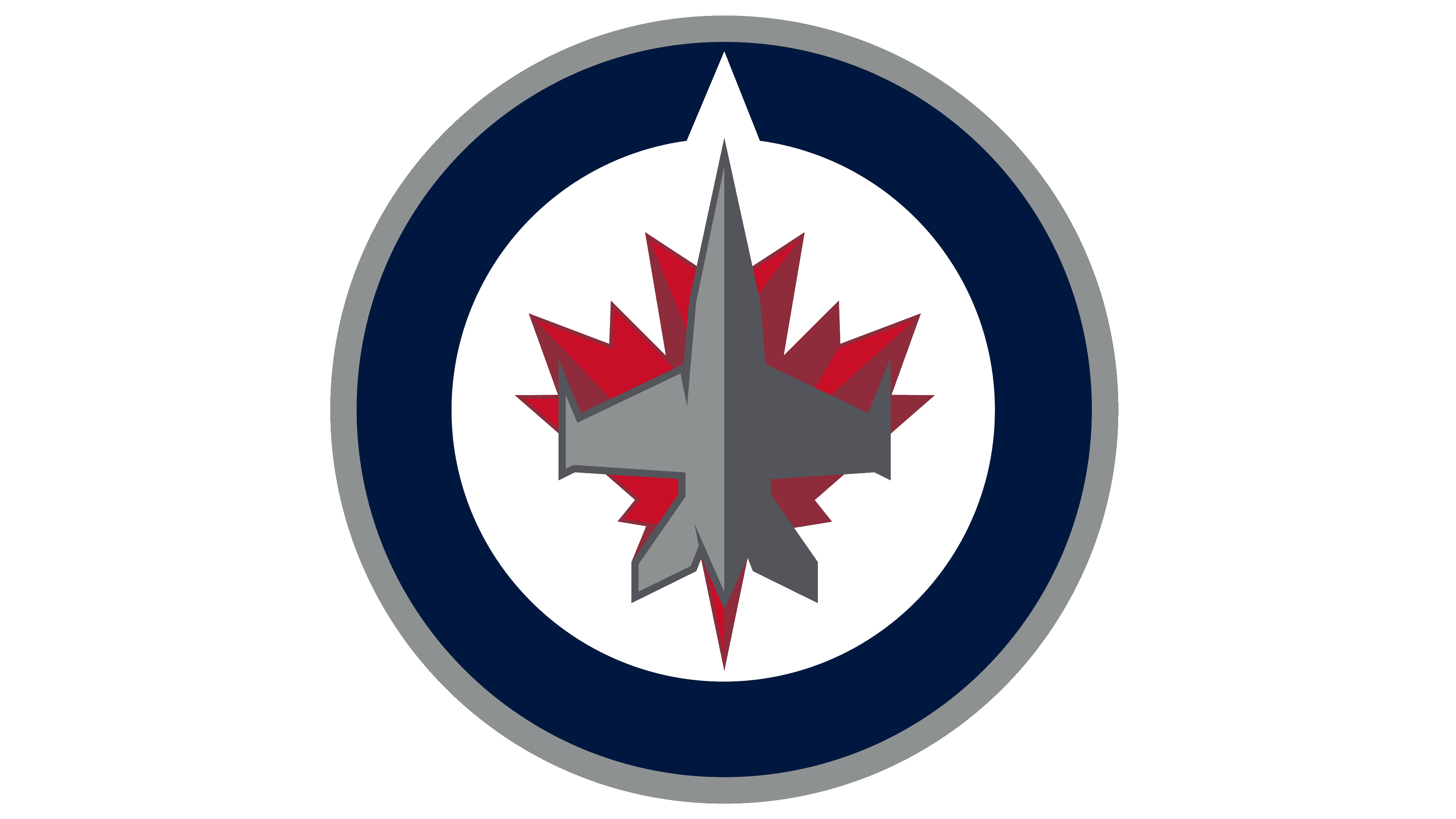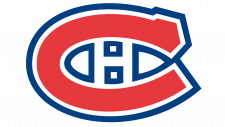Winnipeg Jets Logo
The Winnipeg Jets are a professional ice hockey team based in Winnipeg, Manitoba, Canada. They are members of the Central Division in the Western Conference of the NHL. Originally founded in 1972, the team has seen various incarnations, but the modern-day Jets, which returned to the NHL in 2011, have cultivated a passionate fanbase. While they’ve faced challenges on the ice, their resilience and determination mirror the spirit of their city. With a mix of veteran leaders and budding stars, the Jets continue their pursuit of the elusive Stanley Cup, cementing their legacy in hockey’s storied history.
Meaning and history
The Winnipeg Jets have a storied, multi-layered history in professional ice hockey, spanning both the World Hockey Association (WHA) and the National Hockey League (NHL).
The story began in 1972 when the Winnipeg Jets were founded as one of the inaugural teams in the WHA. They were an instant powerhouse in the league, winning three Avco Cup championships in seven seasons. Key players, like the iconic Bobby Hull, made the Jets a formidable WHA team.
In 1979, the WHA folded, and the Jets, along with three other teams, were absorbed into the NHL. This transition was challenging for Winnipeg. Although they retained their “Jets” name, the team struggled competitively due to an unfavorable NHL agreement, which stripped them of many key players.
In the NHL, the Jets faced challenges, but they had moments of brilliance. The 1980s saw the rise of Finnish star Teemu Selanne, who broke rookie records and became a fan favorite. However, despite the talent, the team grappled with inconsistency and couldn’t secure a Stanley Cup.
Financial pressures and the inability to secure a new arena deal in Winnipeg led to the team’s relocation to Phoenix, Arizona, in 1996. They were renamed the Phoenix Coyotes (later Arizona Coyotes).
Fast-forward to 2011, the NHL returned to Winnipeg. The Atlanta Thrashers were purchased and relocated to Winnipeg, reviving the Jets’ name. This rebirth was met with immense joy from fans. While not directly connected to the original Jets, this new incarnation has embraced the history and passion of Winnipeg hockey.
The modern Jets have cultivated a strong roster with a mix of young talent and seasoned pros. Players like Mark Scheifele, Blake Wheeler, and Connor Hellebuyck have rekindled hope for a championship run. The team’s deep playoff push in 2018 showcased their potential, leaving fans optimistic about the future.
Through ups and downs, the Winnipeg Jets’ narrative is one of passion, resilience, and a relentless love for hockey by its city and fans.
1999 – 2011
As the 21st century dawned, the Atlanta Thrashers unveiled their inaugural emblem. This design showcased the Brown Thrasher, Georgia’s esteemed state bird, from which the team derived its name. Positioned within a cerulean triangle, the avian figure gracefully clutched a shimmering gold hockey stick with its tail feathers. The illustrative Thrasher bird was artistically rendered in a trio of gold and brown hues. Encircling the entire emblem was a bright yellow border. This unique logo symbolized the union of nature and sport, representing both the pride of Georgia and the competitive spirit of the Thrashers on the icy battlefield of hockey.
2011 – Today
Upon their transition to Canada, the team underwent a rebranding, adopting the Winnipeg Jets moniker and introducing a revamped emblem in a joint venture with the NHL. Drawing inspiration from a McDonnell Douglas CF-18 Hornet in an upward trajectory, the logo echoes the team’s aviation heritage. The original Jets insignia also prominently featured an airplane. In 2011, the team’s leadership decided to reintroduce this aviation motif, swapping out the Brown Thrasher for a jet fighter.
Reebok, in partnership with the NHL, fashioned this novel emblem. The result was a circular design, anchored by a jet soaring at high speed. Set against this is a crimson maple leaf, oriented inversely. A distinguishing feature is the sharp, northward-pointing indent at the upper boundary of the dual-ringed emblem, symbolizing the team’s northern identity and aspirations.













